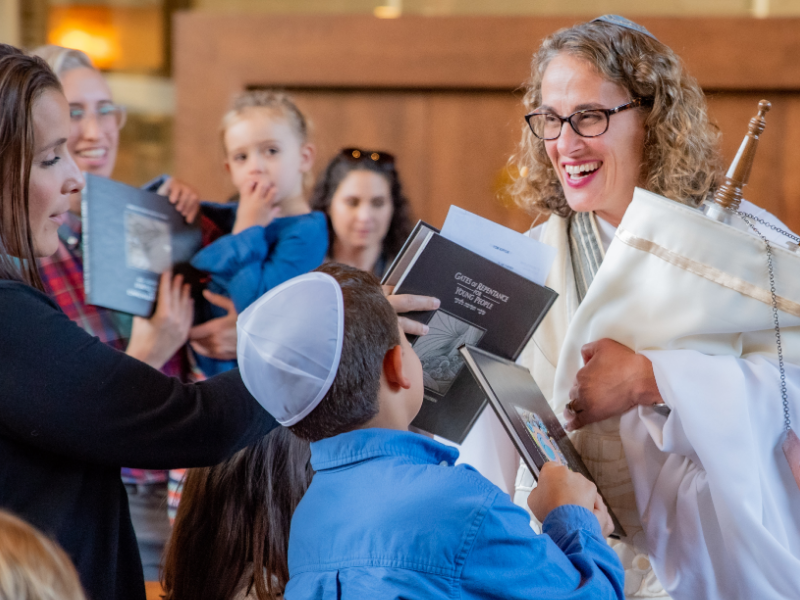The word dreidel derives from a German word meaning “spinning top,” and is the toy used in a Hanukkah game adapted from an old German gambling game.
Hanukkah was one of the few times of the year when rabbis permitted games of chance. The four sides of the top bear four Hebrew letters: nun, gimel, hei, and shin. Players begin by putting into a central pot or “kitty” a certain number of coins, chocolate money known as , nuts, buttons or other small objects. Each player in turn spins the dreidel and proceeds as follows:
- nun – take nothing;
- gimel – take everything;
- hei – take half;
- shin – put one in.
Over time, the letters on the dreidel were reinterpreted to stand for the first letter of each word in the Hebrew statement, “Neis gadol hayah sham,” which means, “A great miracle happened there” and refers to the defeat of the Syrian army and the re-dedication of the Temple. In Israel, one letter on the dreidel differs from those used in the rest of the world. The shin has been replaced with a pey, transforming the Hebrew statement into Neis gadol hayah po, which means, “A great miracle happened here.”
ReformJudaism.org has a new spin on playing dreidel, with fun rules to keep your family playing all eight nights of Hanukkah.
Give to the URJ
The Union for Reform Judaism leads the largest and most diverse Jewish movement in North America.

